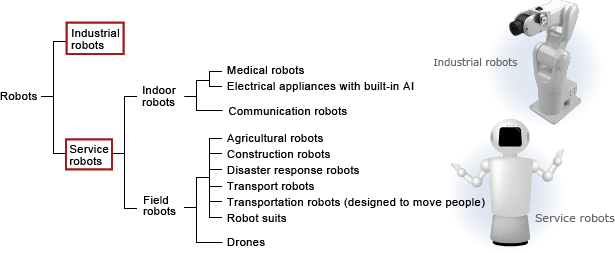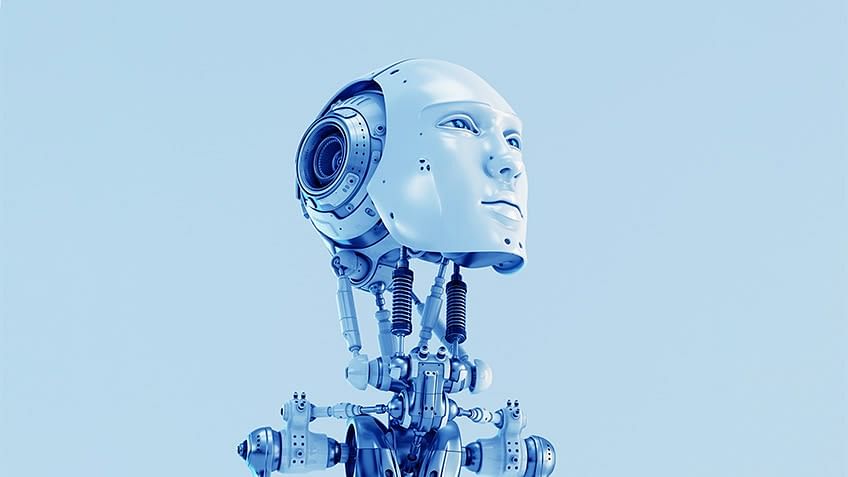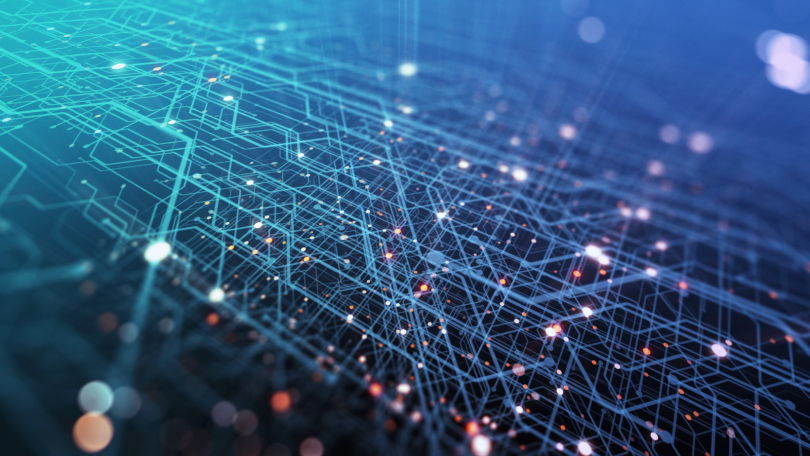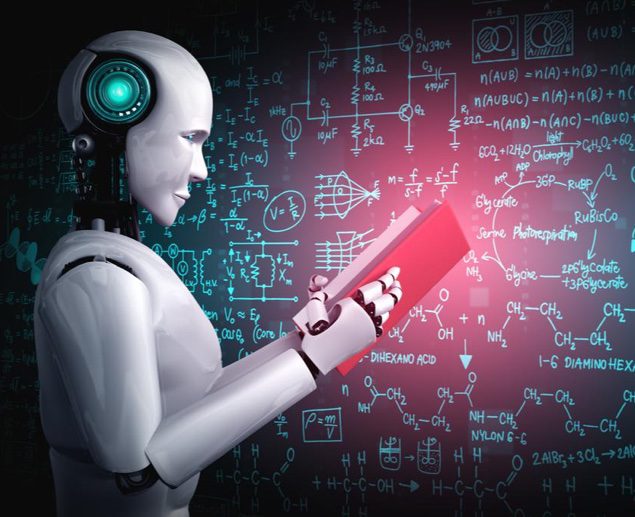
Robotics
These machines are often equipped with sensors, especially cameras, to interact with their surroundings and respond to instructions or problems. They can be used in a wide variety of fields, including manufacturing and construction; Robotics has been a significant factor in Japan’s economic and technological development.
In the 1960s, industrial robots were programmed primarily by people educated in engineering and the physical sciences. Today, many industrial robots are programmed by people who have been educated in software development, computer science, and other “soft” subjects.
What is Robotics?

Robotics is the application of technology for robot design, construction, operation, and use—robotics deals with the design, construction, and operation of robots and their applications. Robotics technologies are widely used in manufacturing, health care, service industries, and defense.
Robots can be used to assemble electronic products, paint cars, and clean floors. They are also used in many research and development applications.
Types of Robotics

Industrial robotics
Industrial robotics are used in factories and other industrial settings to automate repeatable and hazardous tasks. Typical industrial robotic applications include welding, painting, assembly, and material handling.
Service robotics
Service robotics is designed to help humans in difficult, dangerous, or repetitive tasks. Standard service robotic applications include healthcare, defense, and agriculture.
Personal robotics
Personal robotics are designed to assist people in their homes and personal lives. Typical personal robotic applications include home automation, elderly care, and toy robotics.
What is a Bot? What is Software Robotics?
A bot is a computer program that runs automated tasks over the Internet. Software Robotics is a bot that uses artificial intelligence (A.I.) to automate software development tasks.
Robots are machines that people can control to move materials from one place to another or weld metal parts together. They are often used in factories to help with production.
Robotics: What are Robots? Robotics Definition & Uses.
Robots are machines capable of carrying out a complex sequence of actions automatically. They are widely used in manufacturing and other industrial applications.

There are different types of robots, including industrial, service, and military. Industrial robots are used for welding, fabricating, and assembling. Service robots are used for tasks such as cleaning and delivering goods. Military robots are used for tasks such as surveillance and reconnaissance.
Robots have several advantages over humans. They are faster, stronger, and more precise. They can also work for more extended periods without rest.
How Do Robots Function?
They can be controlled by people or programmed to work autonomously.
Most robots have some form of sensors that allow them to detect their surroundings. They also have motors or actuators that allow them to move and interact with their environment.
Robots are used in various applications, including manufacturing, agriculture, health care, and automotive assembly.
What are the Main Components of a Robot?

There are many different types of robots, but most contain similar essential components. The three main components of a robot are the sensors, the controller, and the actuators.
The sensors allow the robot to detect its surroundings and make decisions accordingly. The controller is the brain of the robot, and it interprets the sensor data and tells the actuators what to do. The actuators are the robot’s muscles and carry out the controller’s instructions.
Difference Between a Robot and a Drone?
There are many types of robots, but most share a few common characteristics. They are all programmable, meaning they can be told what to do by a human operator. They can also interact with their surroundings, either through sensors or by using operator feedback.
One of the essential features of robots is their ability to repeat tasks. Once a robot has been programmed to do a specific task, it can carry out that task repeatedly without human intervention. This makes robots ideal for tasks that are repetitive or dangerous for humans to do.
Robots are becoming an increasingly important part of our lives, and their capabilities are constantly growing. As they become more widespread, they will likely play an increasingly important role in our economy and daily lives.
What are the Main Components of a Robot?
There are many different types of robots, but they all have some standard components. The three main components of a robot are the power supply, the controller, and the actuators.
The power supply provides electrical power to the robot, the controller controls the robot’s movements, and the actuators convert the electrical power into mechanical motion.
Other standard components of a robot include sensors, which allow it to detect its surroundings, and a communications interface, which allows the robot to communicate with other devices.
21 Examples of Robotic Process Automation
1. Data entry and management
2. Financial analysis and reporting
3. H.R. processes such as onboarding and offboarding
4. Procurement and contract management
5. Website content management
6. Marketing and lead generation
7. Customer service and support
8. Inventory management
9. Shipping and logistics
10. Quality assurance and control
11. Facility management
12. Food production and packaging
13. Laboratory analysis and testing
14. Medical diagnostics and treatment
15. Retail sales and inventory management
16. Traffic and transportation management
17. Waste management and recycling
18. Energy production and distribution
19. Military operations and logistics
20. Astronomical research and data gathering
21. And many more!
Companies Turning Ai Robots Into Real Life Wins
1. Amazon
amazon.com
In 2011, Amazon introduced the first commercial artificial intelligence (A.I.) robotic system, Amazon Echo. The Echo is a voice-activated assistant that responds to questions and performs tasks, such as turning on lights or setting alarms, using A.I. technology.
2. Google
google.com
Google has been utilizing A.I. in many of its products for some time now. Google Assistant, which is included in devices such as the Google Home and Pixel phones, is a voice-activated A.I. assistant that can answer questions, control devices in the home, and more.
3. Apple
apple.com
Apple introduced its A.I. assistant, Siri, in 2011 with the release of the iPhone 4S. Siri is a voice-activated assistant that can answer questions, make recommendations, and control devices in the home.
4. Microsoft
microsoft.com
Microsoft has been utilizing A.I. in its products for many years. Microsoft Cortana is a voice-activated A.I. assistant in Windows 10 and can answer questions, make recommendations, and control devices.
Robotics Companies on the Forefront of Innovation
1. Boston Dynamics
Boston Dynamics is a leading robotics company best known for creating the BigDog, a quadrupedal robot designed for military applications. The company has also developed the Atlas robot, capable of bipedal walking and considered for use in human rescue missions.
2. Willow Garage
Willow Garage is a robotics research and development company founded in 2006. The company is best known for creating the PR2, a personal robot capable of many tasks, including walking, moving, and retrieving objects from shelves.
3. Google
Google is a technology giant that has made several investments in robotics, including the purchase of Boston Dynamics in 2013. The company has been working on several initiatives in the field, including developing self-driving cars.
4. iRobot
iRobot is a leading robotics company best known for developing the Roomba, a robotic vacuum cleaner. The company has also developed several other robotic products for commercial and military applications.
5. Kiva Systems
Kiva Systems is a robotics company that Amazon acquired in 2012
Publicly Traded Robotics Companies

1. iRobot Corporation (NASDAQ: IRBT)
iRobot Corporation is a leading robotics company that designs and builds robots for both the consumer and commercial markets. The company’s most popular products include the Roomba robotic vacuum cleaner and the Scooba floor washing robot.
2. Kuka AG (ETR: KUK)
Kuka AG is a leading manufacturer of industrial robots and automation systems. The company’s products are used in various industries, including automotive manufacturing, metalworking, and plastics processing.
3. Fanuc Corporation (TYO: 6954)
Fanuc Corporation is one of the world’s largest manufacturers of industrial robots. The company’s products are used in various industries, including automotive manufacturing, semiconductor manufacturing, and food and beverage processing.
4. ABB Ltd. (NYSE: ABB)
ABB Ltd. is a global leader in industrial robotics and automation. The company’s products are used in various industries, including automotive manufacturing, metalworking, and plastics processing.
Will a Robot Take Your Job? Artificial Intelligence’s Impact on the Future of Jobs.
A recent study by the World Economic Forum found that there is a 71 percent probability that machines will perform more work than humans by 2025. With this in mind, it is essential to consider how robotics and artificial intelligence will impact the future of jobs.

The robotics and artificial intelligence industries are increasing. A report by PwC found that the global market for robotics and artificial intelligence is expected to grow from $67 billion in 2016 to $152 billion by 2020. This growth is mainly due to the increasing demand for automation in the manufacturing, logistics, and healthcare industries.
As robotics and artificial intelligence become more widespread, they will likely replace many human jobs. A study by Oxford University found that 47 percent of jobs in the United States are at risk of being replaced by robots and artificial intelligence in the next 20 years. Jobs at risk of being replaced include manual labor, administrative, and service jobs.
However, while robotics and artificial intelligence may replace some human jobs, they will also create new jobs. A study by the National Bureau of Economic Research found that the robotics and artificial intelligence industries are creating new jobs that require different skills, such as programming and data analysis. In industries such as healthcare and
Autonomous Mobile Robots & Logistics Conference
The Robotics & Automation Society (RAS) and the IEEE Robotics and Automation Society (IEEE-RAS) are pleased to announce the Autonomous Mobile Robots & Logistics (AMRL) conference, to be held October 13-14, 2016, at The Westin Chicago River North in Chicago, IL.
The AMRL conference will focus on the latest advances in research and applications of autonomous mobile robots (AMRs) and logistics. The conference will include keynote presentations, technical papers, panel discussions, and an industry exhibition.
Topics of interest include, but are not limited to:
-Design and control of AMRs
-Localization, mapping, and navigation
-Sensor fusion and object recognition
-Task planning and execution
-Collaborative robotics
-Logistics and supply chain management
-Field trials and case studies
Conclusion
In the future, robotics will continue to play an essential role in our lives. Robotics technology has already come a long way and will only continue to improve in the future. There are many applications for robotics technology, and it is being used in more and more industries. Robotics can be used for manufacturing, construction, surgery, and cleaning. Robotics technology is also being used more and more for research and development purposes.
As robotics technology continues to improve, it will likely become more and more affordable. This will make it more accessible to businesses and consumers. Robotics technology will also continue to play an essential role in the development of artificial intelligence.
Leave a Reply